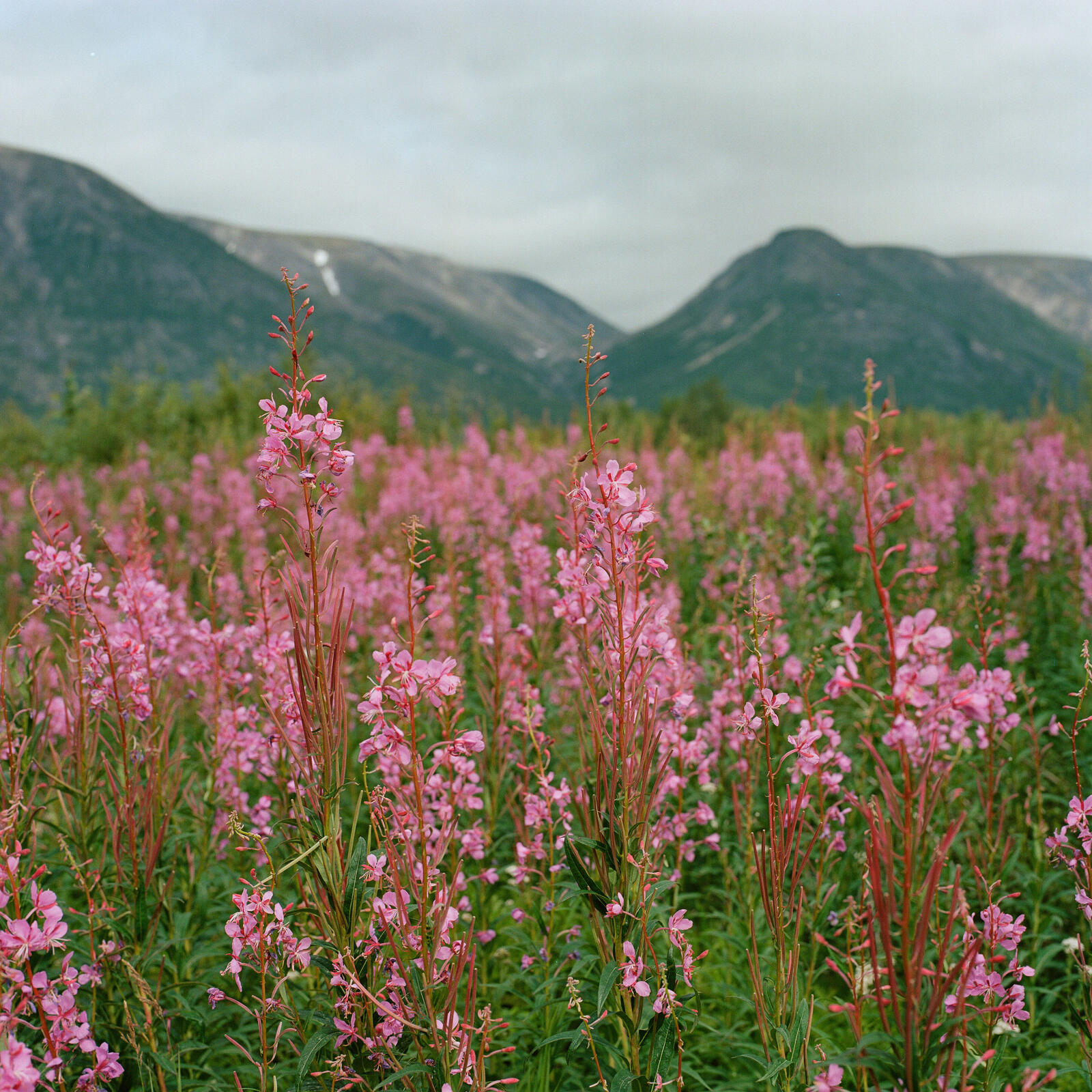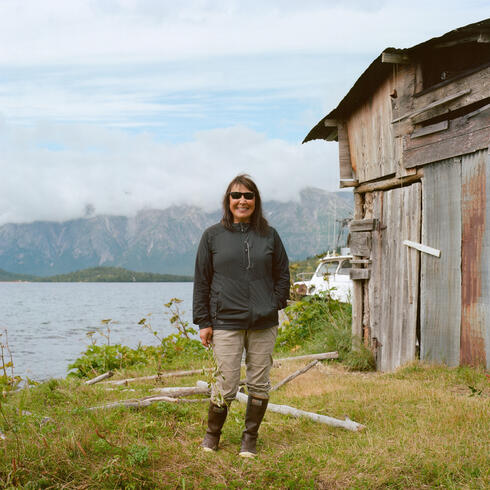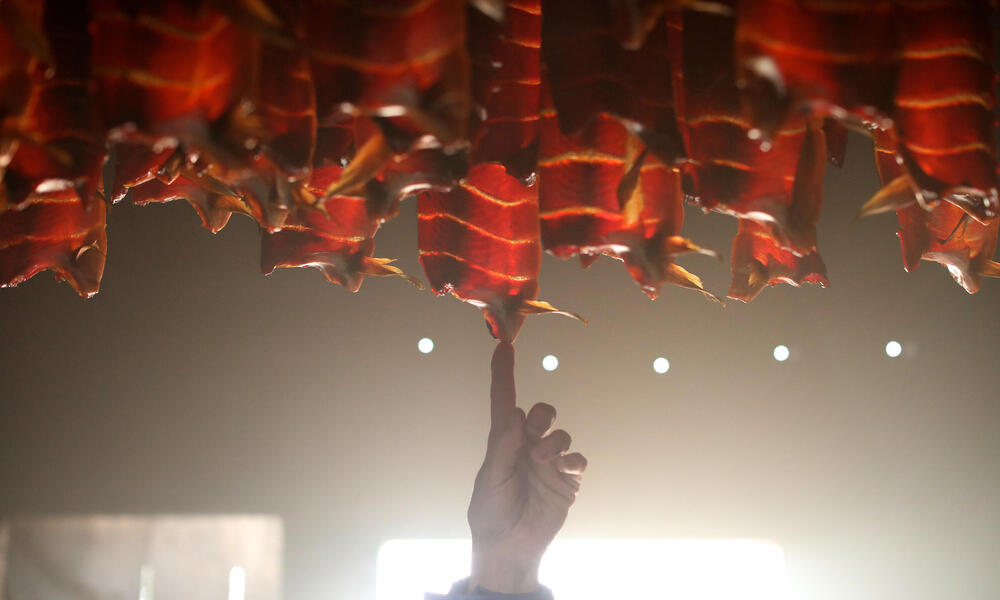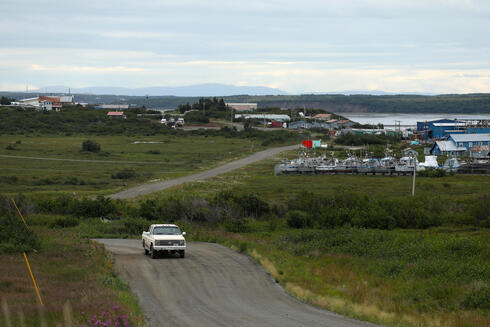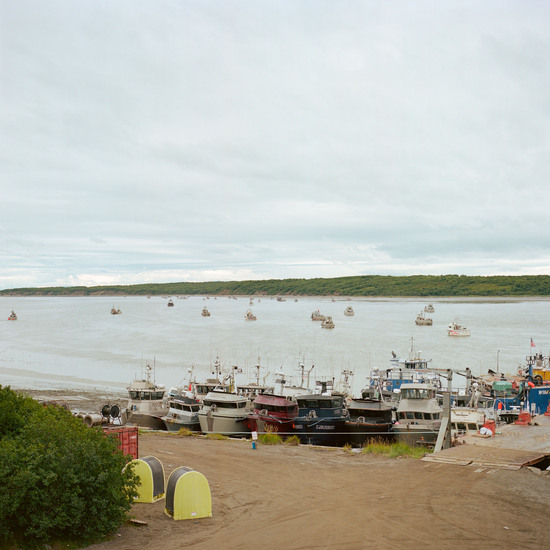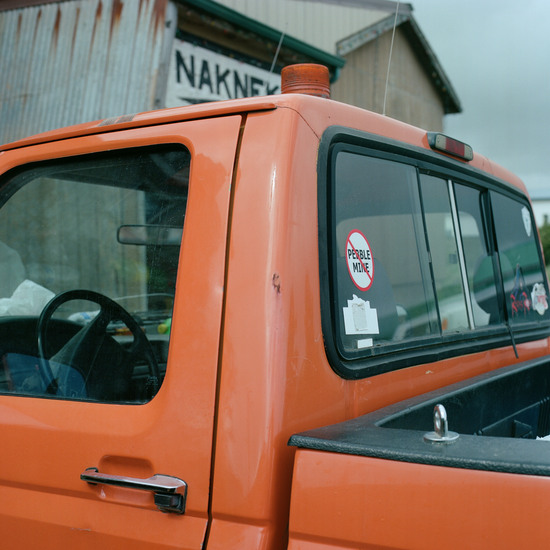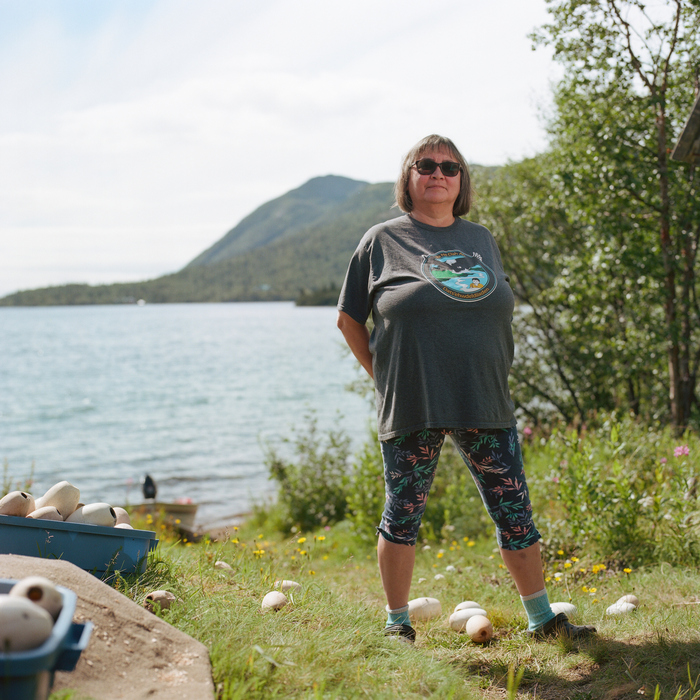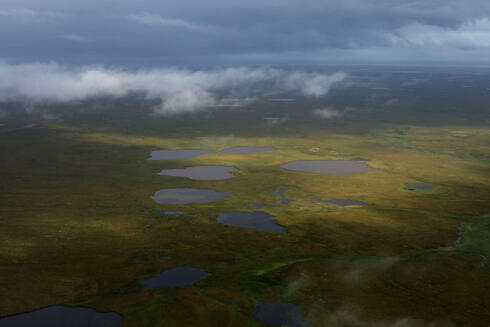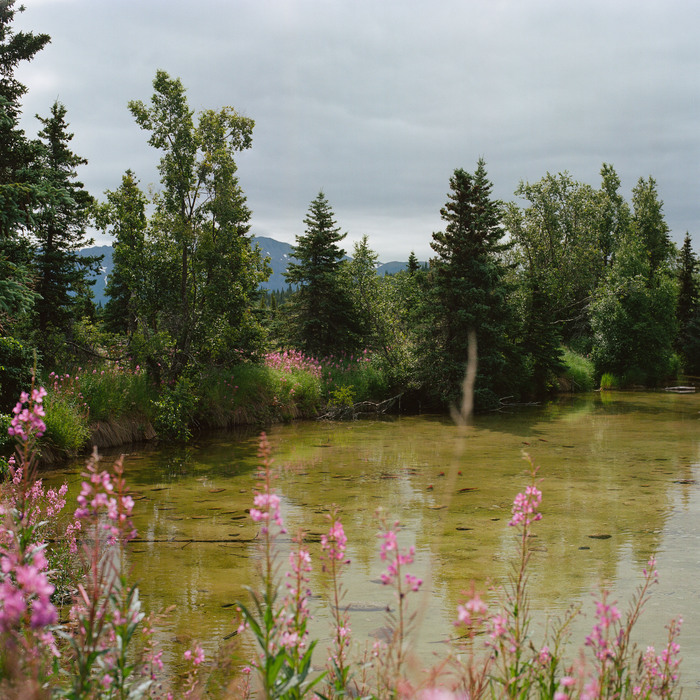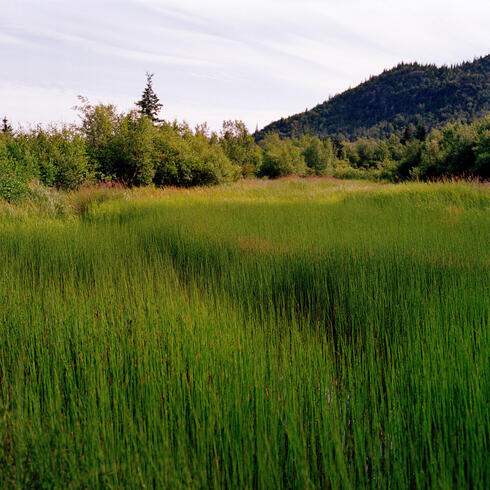Sarah Thiele stands in a black jacket, smiling, on the sun-soaked hillside where her home overlooks Lake Iliamna in Pedro Bay, Alaska. Fireweed blankets the land around her, tabulating the waning days of late summer with its spires of magenta buds that unfold incrementally from bottom to top. Her three grown daughters—a politico, a writer, and a commercial fisher, all home for the week—banter as they finish splitting birchwood for their smokehouse on the water’s edge.
Just beyond them, a school of salmon jockeys beneath the surface of the lake, awaiting some unknown moment to muscle up a nearby creek to spawn.
Thiele’s land—her family’s land and her community’s—is pristine. It’s pristine in the peaks of snow-capped mountains, in the narrow waterfalls, in the water so clear that one only needs to peer off the end of a dock to see fish swimming beneath the surface.
And Alaska Natives like Thiele, with support from WWF and other organizations, are trying to keep it that way.
This unspoiled landscape—and the entire Bristol Bay watershed, including the world’s largest wild sockeye salmon run—has for more than a decade contended with the looming threat of Pebble Mine, a proposed copper-gold-molybdenum mining project located in the headwaters of the Kvichak and Nushagak Rivers, two of the eight major rivers that feed Bristol Bay. Developers of the mine have exploited nearly every legal, governmental, and public relations avenue to keep the project alive. Their proposal suffered legal defeat only to crop up again like a prolific invasive plant at the whim of a friendly presidential administration.
